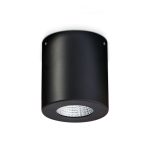LED Light Bulbs: How Much Does it Cost to Run Them for a Year?
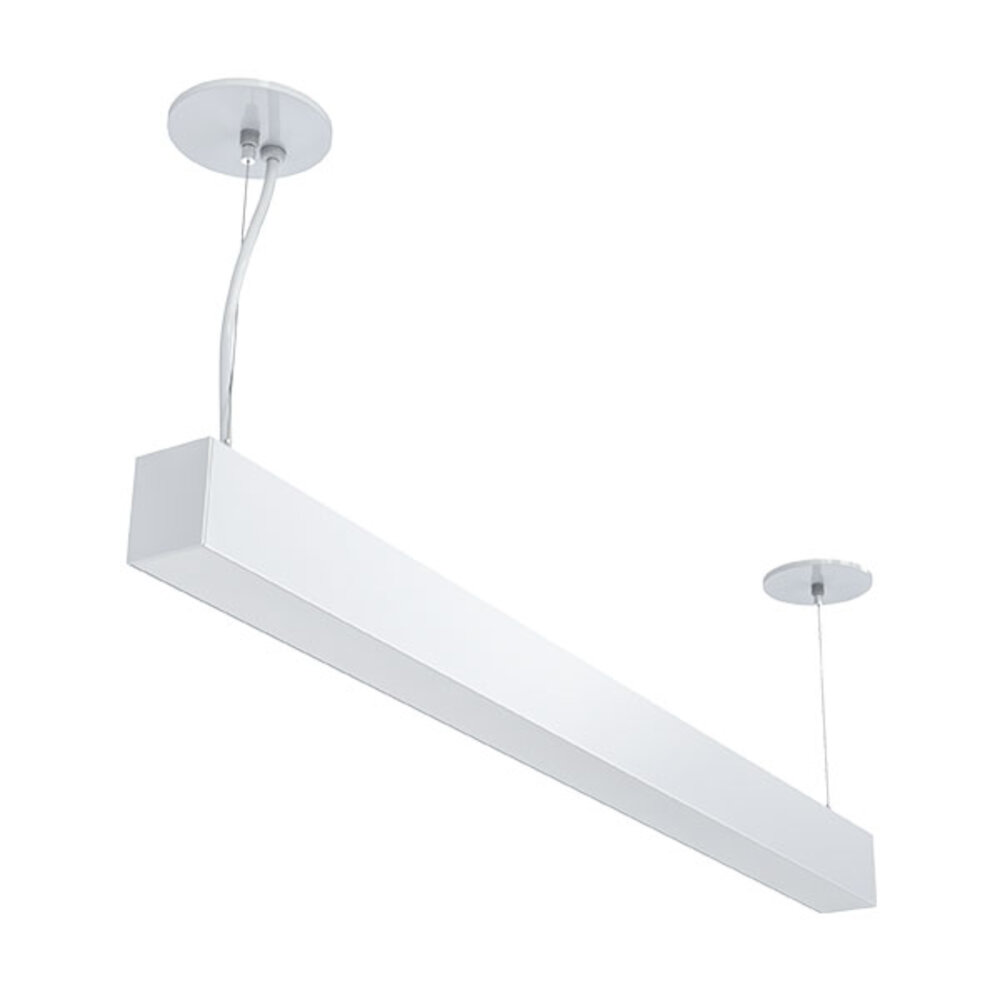
As the world becomes more conscious about energy conservation and sustainability, LED light bulbs have grown in popularity as an efficient and eco-friendly lighting solution. While they may cost more upfront than traditional incandescent bulbs, LED bulbs can last up to 25 times longer and use up to 80% less energy. Despite this, many consumers are still curious about the cost of running LED bulbs and how it compares to other lighting options. The answer to the question of how much it costs to run LED light bulbs for a year is not a straightforward one. The cost depends on several factors, including the wattage of the LED bulb, the number of bulbs used, and the price of electricity in your area. However, with some basic calculations and understanding, it’s possible to estimate the cost and make an informed decision about whether LED bulbs are the right choice for your home or business. In this article, we’ll explore the cost of running LED light bulbs for a year and compare it to other types of bulbs to help you make an informed decision about your lighting needs.
LED light bulbs are a highly energy-efficient lighting option that uses up to 80% less energy than traditional incandescent bulbs. LED bulbs emit light by passing an electrical current through a microchip, which illuminates tiny light-emitting diodes (LEDs). LED light bulbs come in a variety of shapes and sizes, making them suitable for various lighting needs. They are also highly durable, long-lasting, and require less maintenance than other lighting options. In addition to their energy efficiency and durability, LED bulbs are also environmentally friendly, as they contain no hazardous materials and are fully recyclable. Overall, switching to LED light bulbs can result in significant energy and cost savings while reducing your carbon footprint.
Calculating the cost of running LED light bulbs is crucial for several reasons. Firstly, it helps in making informed decisions while purchasing bulbs and planning a budget for lighting expenses. Secondly, it aids in reducing energy consumption and lowering electricity bills, which is especially important for households and businesses with a tight budget. Thirdly, by knowing the cost of running LED light bulbs, people can contribute to environmental conservation by reducing their carbon footprint. Lastly, calculating the cost of running LED light bulbs is an excellent way to compare and assess the energy efficiency of different bulbs, enabling users to make a more sustainable choice. Therefore, it is imperative to calculate the cost of running LED light bulbs to make sustainable and cost-effective decisions while contributing to environmental preservation.
Understanding LED Light Bulbs
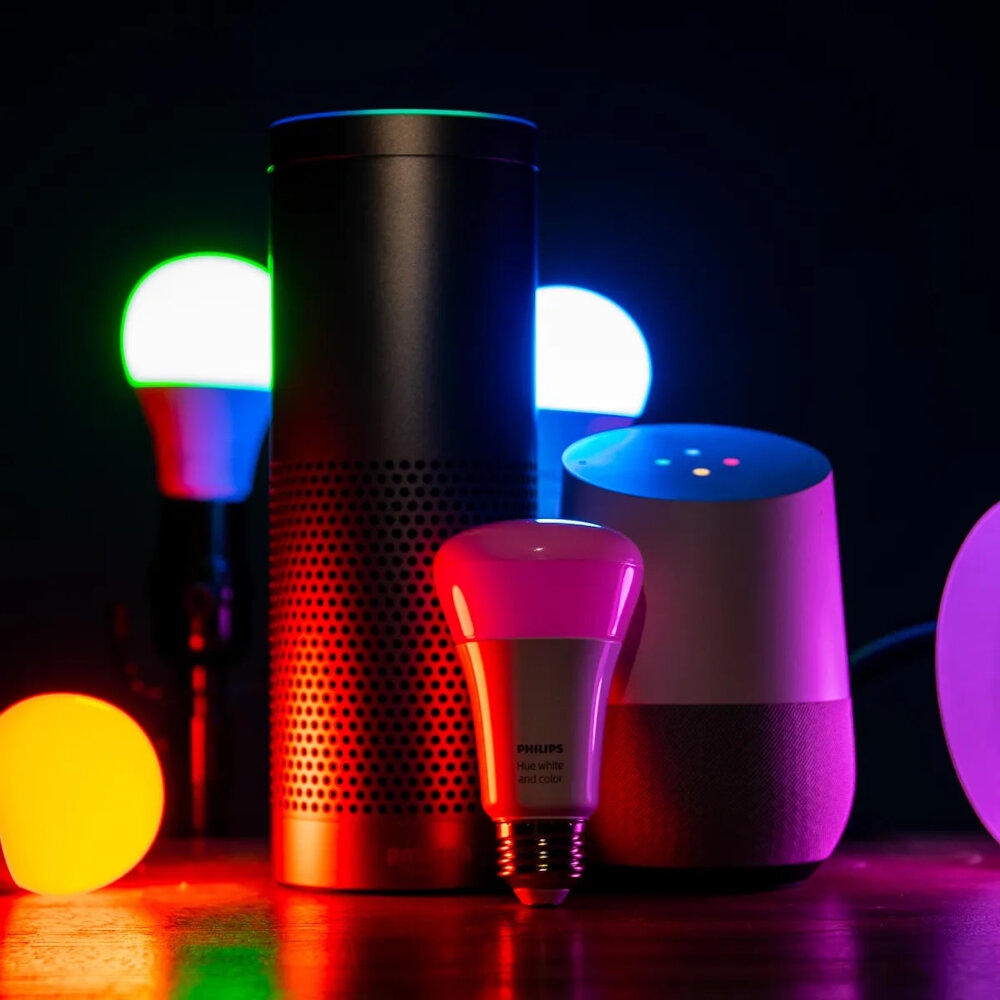
LED light bulbs have become increasingly popular in recent years, and for good reason. Not only do they have a longer lifespan than traditional incandescent bulbs, but they are also more energy-efficient. LED bulbs use approximately 75% less energy than incandescent bulbs, which can result in significant savings on your energy bills over time. Additionally, LED bulbs emit less heat than traditional bulbs, which can help keep your home cooler and reduce the load on your air conditioning system during the summer months. Understanding the benefits of LED bulbs can help you make an informed decision about whether they are the right choice for your home. When shopping for LED light bulbs, there are a few key factors to consider. First, make sure to check the brightness level of the bulb, which is measured in lumens. The higher the lumens, the brighter the light. Additionally, take note of the color temperature of the bulb, which is measured in Kelvin. A lower Kelvin number will produce a warm, yellowish light, while a higher Kelvin number will produce a cooler, bluish light. Finally, consider the shape and size of the bulb, as well as the fixture it will be used in, to ensure a proper fit. By taking these factors into account, you can choose the right LED bulbs for your home and enjoy the energy savings and other benefits they offer.
LED light bulbs work by using a semiconductor material, which emits light when an electric current passes through it. This material is usually made of a combination of elements such as gallium, arsenic, and phosphorus. When an electric current is applied, the electrons in the semiconductor material jump to a higher energy level, releasing energy in the form of photons, which are the particles of light. The color of the light emitted depends on the specific combination of elements used in the semiconductor material. LED light bulbs are energy-efficient because they use much less electricity than traditional incandescent bulbs, and they last much longer. This makes them a cost-effective and environmentally friendly option for lighting homes and businesses.
When it comes to LED light bulbs versus traditional incandescent bulbs, there are a few key differences to consider. Firstly, LED bulbs are much more energy-efficient, using up to 80% less energy than incandescent bulbs. This means that while LED bulbs may be slightly more expensive to purchase initially, they can save you a significant amount of money on your energy bills over time. Additionally, LED bulbs have a much longer lifespan than incandescent bulbs, lasting up to 25 times longer. This means that although the upfront cost of an LED bulb may be higher, you will likely need to replace it much less frequently than an incandescent bulb. Overall, while LED bulbs may require a slightly larger investment upfront, their energy efficiency and longevity make them a more cost-effective and sustainable choice in the long run.
There are numerous advantages of LED light bulbs over traditional bulbs. Firstly, LED bulbs last significantly longer than traditional bulbs, which means they need to be replaced less often. Secondly, LED bulbs are more energy efficient, using up to 80% less energy than traditional bulbs. This energy efficiency also means that LED bulbs have a lower cost of operation, which is great for both your wallet and the environment. Additionally, LED bulbs emit very little heat, which makes them safer to use and reduces the risk of fire. Lastly, LED bulbs are available in a wider range of colors and brightness levels, giving you more options to customize the lighting in your space.
Factors Affecting LED Light Bulb Energy Consumption
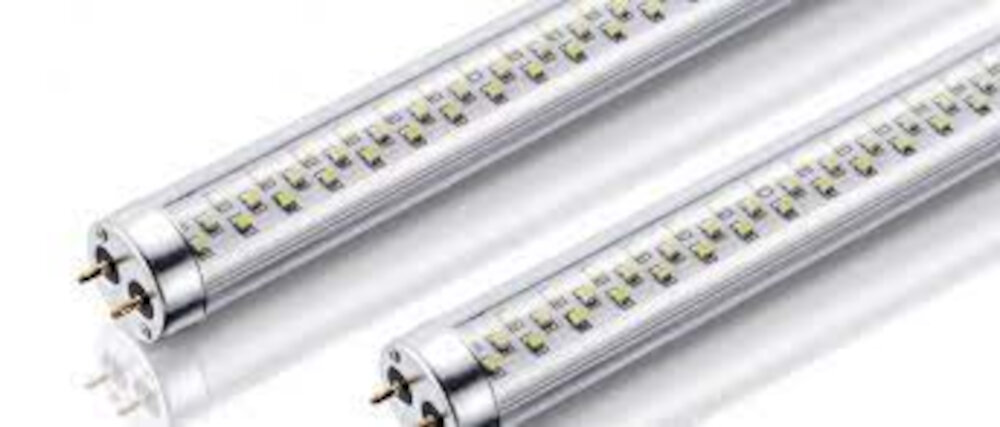
LED light bulbs are an increasingly popular choice among consumers due to their energy efficiency and longevity. However, the amount of energy consumed by an LED light bulb can vary depending on several factors. One of the most significant factors affecting LED light bulb energy consumption is wattage. LED bulbs with higher wattage tend to consume more energy than those with lower wattage, although this is not always the case. Other factors that can affect LED light bulb energy consumption include the brightness of the bulb, the color temperature, and the quality of the bulb. Another important factor that can affect LED light bulb energy consumption is the type of fixture in which the bulb is installed. Certain fixtures, such as those with dimmer switches, can cause LED bulbs to consume more energy than they would otherwise. Additionally, the location of the fixture can also impact energy consumption. For example, an LED bulb installed in a fixture that is exposed to direct sunlight may consume more energy than one installed in a shaded area. Finally, the amount of time the bulb is used each day can also impact energy consumption, as the longer the bulb is in use, the more energy it will consume over time. By considering these factors, consumers can make informed decisions about which LED light bulbs to purchase and how to best use them in their homes or businesses.
The wattage of LED light bulbs is a crucial factor to consider when determining the cost of running them for a year. LED bulbs are designed to be energy-efficient and consume less wattage than traditional incandescent bulbs. The wattage of LED bulbs typically ranges from 2 to 20 watts, depending on the bulb’s brightness level and size. The lower the wattage of the bulb, the more energy-efficient it is, resulting in lower electricity bills. Additionally, LED bulbs have a longer lifespan than incandescent bulbs, meaning they require less frequent replacements, further reducing costs. Therefore, when purchasing LED bulbs, it is essential to consider the wattage and choose bulbs with low wattage to maximize their energy efficiency and cost savings.
Lumens and brightness are important factors to consider when choosing LED light bulbs. Lumens refer to the amount of light emitted by a bulb, and the higher the lumens, the brighter the light. It is essential to choose the appropriate level of brightness for your needs, as excessive brightness can cause eye strain and discomfort. Furthermore, it is important to note that lumens are not the same as watts, which measure power consumption rather than brightness. By selecting LED bulbs with the appropriate lumens and ensuring they are used efficiently, you can save money on your energy bills while still enjoying a bright and comfortable lighting environment.
Color temperature is a crucial aspect of LED light bulbs that affects the ambiance and mood of a room. It is measured in Kelvins (K) and refers to the color of the light emitted by the bulb. A lower color temperature, around 2700K-3000K, produces a warm and cozy light similar to traditional incandescent bulbs, while a higher temperature, around 5000K-6500K, produces a cool and bright daylight-like light. The choice of color temperature depends on the room’s function and personal preferences. For example, warm colors are suitable for bedrooms and living rooms, while cool colors are ideal for workspaces and kitchens. Understanding color temperature is essential in selecting the right LED bulb to create the desired atmosphere while saving money on energy costs.
Dimming capabilities refer to the ability of LED light bulbs to adjust their brightness level according to user preferences. This feature is particularly useful in environments where lighting needs change frequently, such as in living spaces, offices, and commercial settings. By controlling the amount of light output, dimming capabilities also help to conserve energy and extend the lifespan of LED bulbs. Moreover, LED bulbs with dimming capabilities often provide a more comfortable and relaxing ambiance, making them ideal for use in bedrooms, dining areas, and other places where soft lighting is desired. While LED bulbs with dimming capabilities may cost more than non-dimmable ones, the benefits they offer in terms of energy savings, longevity, and comfort make them a worthwhile investment.
LED light bulbs have an exceptionally long lifespan compared to traditional incandescent bulbs. On average, LED bulbs can last up to 25,000 hours, which is 25 times longer than incandescent bulbs. This is due to the fact that LED bulbs use a different technology to produce light, which generates less heat and thus, reduces the rate of wear and tear. Additionally, LED bulbs are more energy-efficient, consuming up to 80% less energy than incandescent bulbs. Although the initial cost of LED bulbs may be higher, their long lifespan and energy efficiency make them a cost-effective choice in the long run.
Calculating the Cost of Running LED Light Bulbs

LED light bulbs are the most energy-efficient lighting option available in the market today. They consume significantly less electricity compared to traditional incandescent bulbs, making them an economical and eco-friendly choice. When calculating the cost of running LED light bulbs, it is essential to consider factors such as the wattage of the bulb, the number of hours it is used daily, and the cost of electricity per kilowatt-hour (kWh) in your area. To determine the annual cost of running an LED light bulb, you need to multiply the wattage of the bulb by the number of hours it is used daily, then divide the result by 1000 to get the number of kilowatts used per day. Next, multiply this number by the cost of electricity per kWh in your area, and finally, multiply the result by 365 (the number of days in a year). This calculation will give you the annual cost of running an LED light bulb in your home or office. With this knowledge, you can make informed decisions about your lighting choices and save money on your electricity bills. In conclusion, LED light bulbs offer significant savings in energy consumption and cost compared to traditional incandescent bulbs. By understanding how to calculate the cost of running LED light bulbs, you can make informed decisions about your lighting choices and reduce your carbon footprint. With the increasing demand for energy-efficient lighting solutions, LED light bulbs are becoming more affordable and accessible, making them a smart choice for homeowners and businesses alike.
The cost per kilowatthour (kWh) of electricity is an important factor when calculating the energy consumption of LED light bulbs. It determines how much you will have to pay for the electricity used by the bulb in a given period of time. The cost per kWh varies depending on your location and your electricity provider. Generally, the cost per kWh is higher in urban areas and during peak hours. However, LED light bulbs are known for their energy efficiency and low power consumption, which translates to lower electricity bills. By replacing your traditional incandescent bulbs with LED ones, you can save money on your electricity bill and reduce your carbon footprint at the same time.
Wattage and daily usage are two crucial factors to consider when estimating the cost of running LED light bulbs. LED bulbs use significantly less wattage compared to traditional incandescent bulbs, making them a more energy-efficient option. A typical LED bulb consumes between 5 and 15 watts, whereas an incandescent bulb can consume up to 60 watts or more. The daily usage of LED bulbs also plays a significant role in determining their annual operating cost. For instance, if you use an LED bulb for two hours per day, it will cost you around $1 per year, whereas using the same bulb for ten hours a day will cost you approximately $5 per year. Therefore, it is essential to consider both wattage and daily usage to estimate the cost of running LED light bulbs accurately.
Estimating the annual energy cost of LED light bulbs is a crucial task for anyone who wants to save on their electricity bill while contributing to a greener environment. LED bulbs are known for their energy efficiency and longevity, but their cost can vary depending on several factors, such as the wattage, the number of hours they are used daily, and the electricity rate in your area. To calculate the annual cost, you need to multiply the wattage of the bulb by the number of hours it is used daily, then divide the result by 1,000 to get the kilowatt-hours (kWh) used per day. Finally, multiply the kWh by the electricity rate per kWh in your area and multiply that by 365 days to get the annual cost. By doing this calculation, you will have a better understanding of how much you can save with LED bulbs and make an informed decision when choosing the right bulb for your needs.
Cost Savings of Using LED Light Bulbs
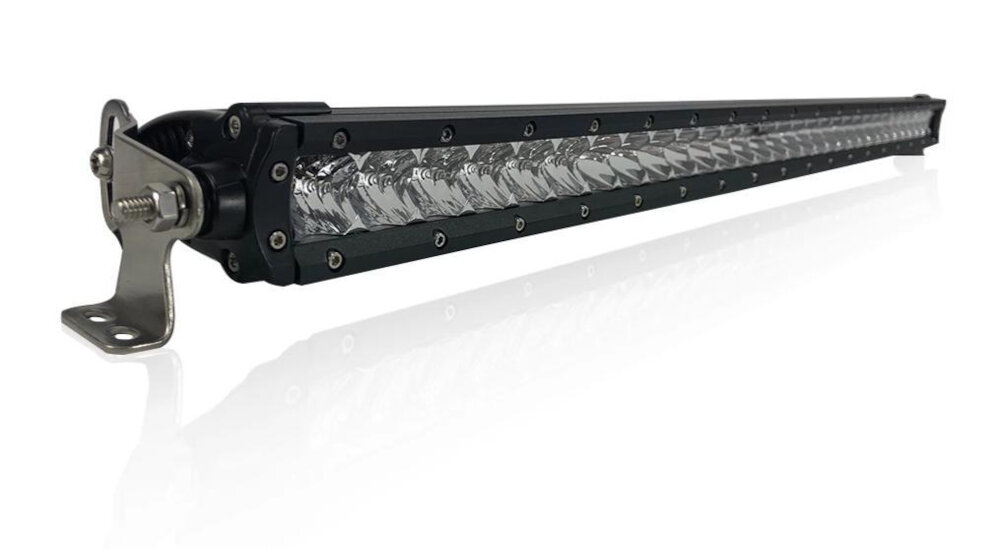
LED light bulbs have become increasingly popular due to their energy efficiency and cost savings benefits. Compared to traditional incandescent light bulbs, LED bulbs consume significantly less energy, which translates into lower electricity bills. Furthermore, LED bulbs can last up to 25 times longer than traditional bulbs, meaning fewer bulb replacements and less money spent on purchasing new bulbs. While LED bulbs may have a higher upfront cost, their long-term cost savings make them a smart investment for homeowners and businesses alike. In addition to their energy efficiency and longevity, LED bulbs also emit less heat than traditional bulbs, which can contribute to further cost savings. Traditional bulbs emit a significant amount of heat, which can increase room temperature and cause air conditioning systems to work harder to maintain a comfortable temperature. By using LED bulbs, not only are homeowners and businesses reducing their energy consumption, but they are also reducing their cooling costs. Overall, LED bulbs offer a cost-effective and energy-efficient lighting solution that can benefit not only wallets but also the environment.
When it comes to energy costs, LED light bulbs are significantly more cost-effective than traditional incandescent bulbs. The reason for this is that LED bulbs use much less electricity to produce the same amount of light as incandescent bulbs. In fact, LED bulbs use up to 80% less energy than incandescent bulbs, which translates to significant savings on energy bills over time. Additionally, LED bulbs have a much longer lifespan than traditional bulbs, which means that they need to be replaced less frequently, further reducing energy costs. While LED bulbs may have a higher upfront cost than traditional bulbs, their energy efficiency and long lifespan make them a wise investment in the long run.
Replacing traditional incandescent light bulbs with LED light bulbs can lead to significant long-term cost savings. Although the initial purchase price of LED bulbs is higher, they use less energy and last much longer than incandescent bulbs. LED bulbs can last up to 25,000 hours, which is 25 times longer than incandescent bulbs. This means that you will save money on replacement costs and on your electricity bill over time. LED bulbs also use up to 80% less energy than incandescent bulbs, which means that you will see a substantial reduction in your energy bills. Additionally, LED bulbs emit less heat than incandescent bulbs, which can lead to lower air conditioning costs during the summer months. So, while LED bulbs may cost more upfront, their long-term cost savings make them a smart investment for anyone looking to save money on energy bills and reduce their carbon footprint.
LED light bulbs are an energy-efficient and cost-effective lighting solution that has been gaining popularity in recent years. These bulbs consume up to 90% less energy than traditional incandescent bulbs, resulting in significant savings on electricity bills. LED bulbs also have a longer lifespan, lasting up to 25 times longer than incandescent bulbs. They are also durable and resistant to breakage, making them a safer option. Additionally, LED bulbs do not contain harmful substances like mercury, making them environmentally friendly. With their versatility, energy efficiency, and long-lasting durability, LED light bulbs are an excellent investment for homeowners and businesses alike.
Calculating the cost of running LED light bulbs is crucial for various reasons. Firstly, it helps in reducing energy consumption and saving money on electricity bills. LED bulbs are energy-efficient and consume less power than traditional bulbs, but their cost may be higher. By calculating the cost of running LED bulbs, one can make an informed decision about the initial investment, and long-term savings on electricity bills. Secondly, it helps in comparing the cost of running LED bulbs with other lighting options available in the market. One can choose the most cost-effective option based on their usage and requirements. Lastly, it promotes sustainability by reducing carbon emissions and lowering the overall impact on the environment. Therefore, calculating the cost of running LED light bulbs is an essential step towards creating a more sustainable and energy-efficient home or workplace.
In conclusion, the cost savings of using LED light bulbs is a significant factor to consider when choosing lighting options for your home or business. While the initial investment may be higher than traditional incandescent bulbs, the long-term savings on energy bills and replacement costs make it a worthwhile investment. LED bulbs are energy-efficient, have a longer lifespan, emit less heat, and require less maintenance. Additionally, with the advancements in LED technology, the cost of LED bulbs continues to decrease, making it more accessible to consumers. Overall, switching to LED light bulbs not only saves money but also helps reduce carbon emissions and supports sustainable living.
Conclusion
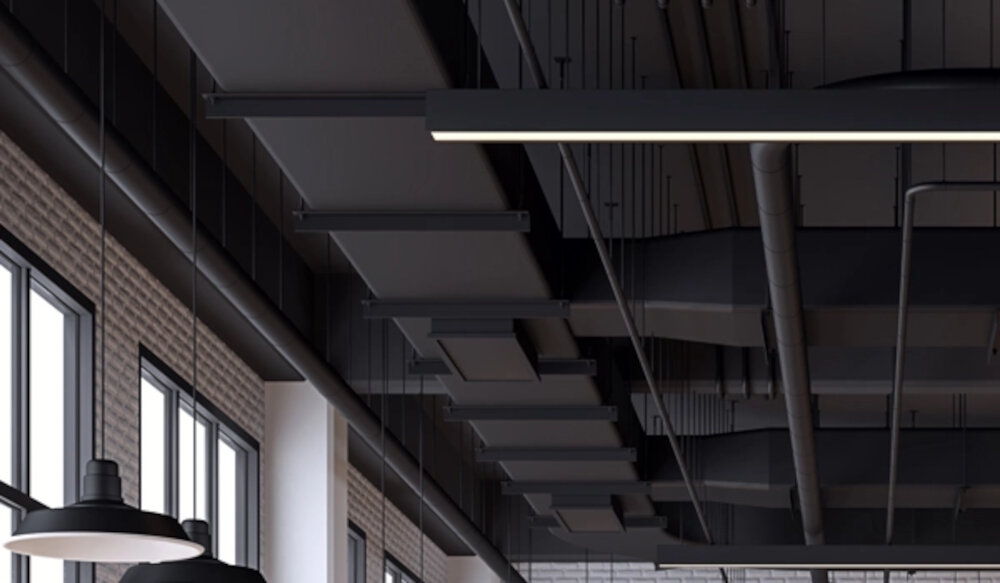
In conclusion, LED light bulbs are an excellent investment for those looking to save money on their energy bills. While they may cost slightly more upfront than traditional incandescent bulbs, their efficiency and longevity make them a cost-effective choice in the long run. By replacing your old bulbs with LED lights, you can significantly reduce your energy consumption and save money on your electricity bill each year. So, if you want to reduce your carbon footprint and save some cash, it’s time to switch to LED lights!


